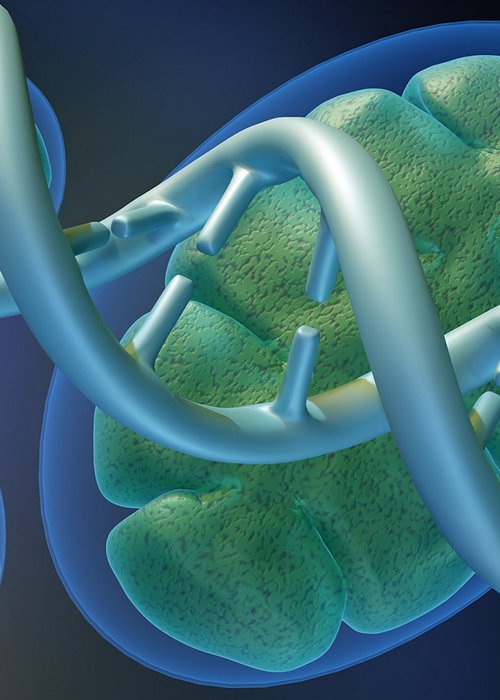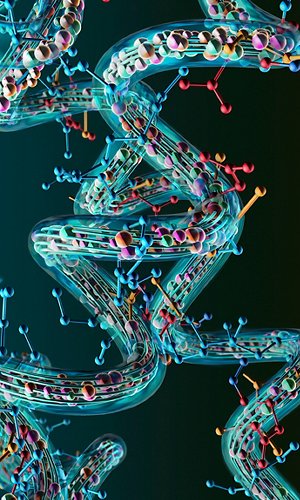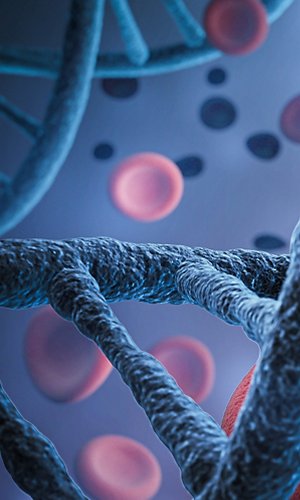Thanks to a remarkable discovery, mitochondrial DNA (mtDNA) has been recovered from a sample of dental calculus taken from the skull of a hominin over 146,000 years old, found in Harbin, China. This nearly complete skull has been linked to the Denisovans, an ancient group of hominins related to the Neanderthals. Analysis of the Harbin mtDNA revealed a close similarity to the mtDNA of older Denisovan individuals discovered in Siberia.
This research is particularly significant because it’s the first time Denisovan mtDNA has been directly associated with an almost complete hominin skull. Traditionally, most of what we know about the Denisovans has come from bone fragments and teeth. The discovery of mtDNA within dental calculus highlights the importance of this source for retrieving ancient DNA, as calculus can preserve genetic material for long periods.
The Harbin mtDNA lineage falls within the branch of “early” Denisovans, suggesting that this Harbin individual might represent an earlier stage in the dispersal and evolution of this group. This new information greatly enriches our understanding of the geographical distribution and chronology of the Denisovans, shedding light on their presence in East Asia in a very ancient period. Phylogenetic analyses, carried out using various models, have consistently placed the Harbin mtDNA alongside that of the Siberian Denisovans, distinguishing it from both Neanderthal mtDNA and that of modern humans. In short, we may finally be able to put a face to those ancient, extinct relatives of ours.




